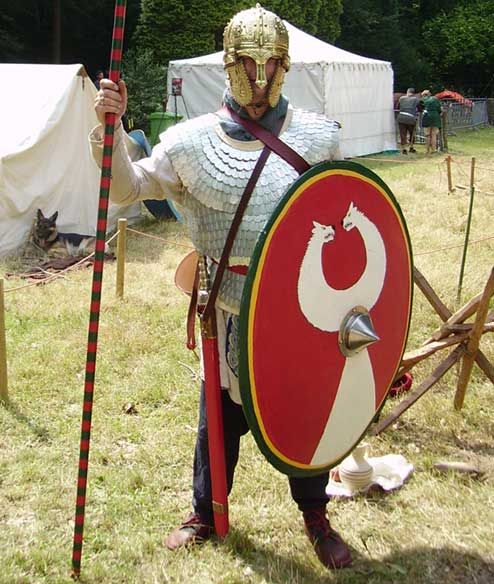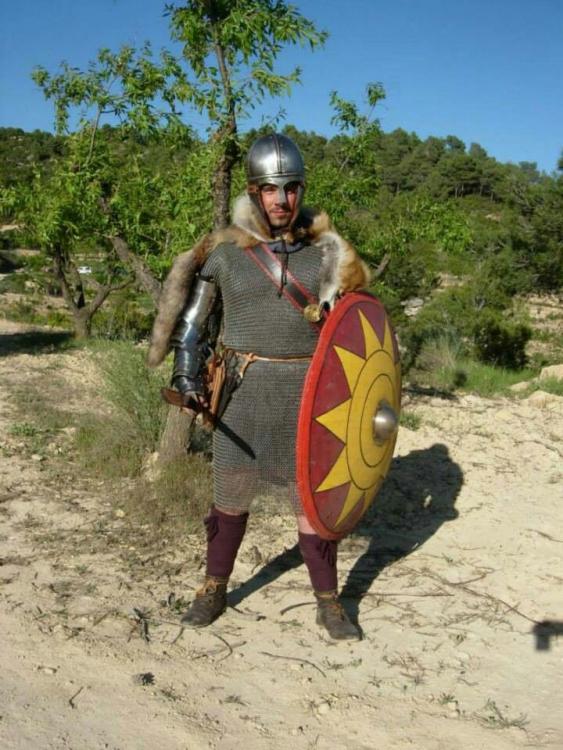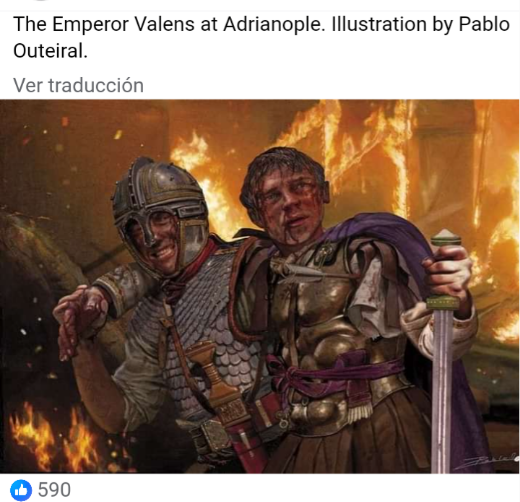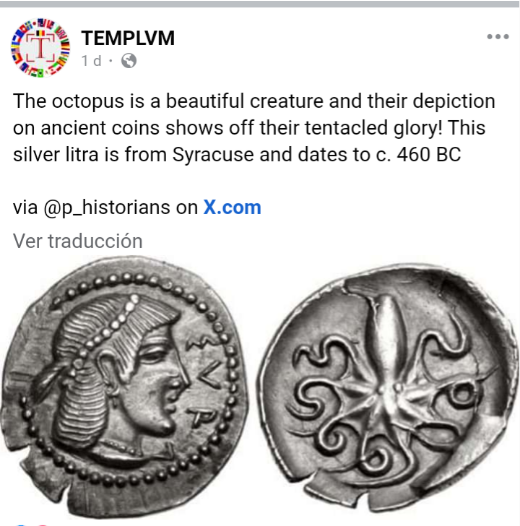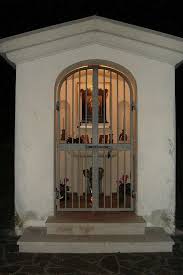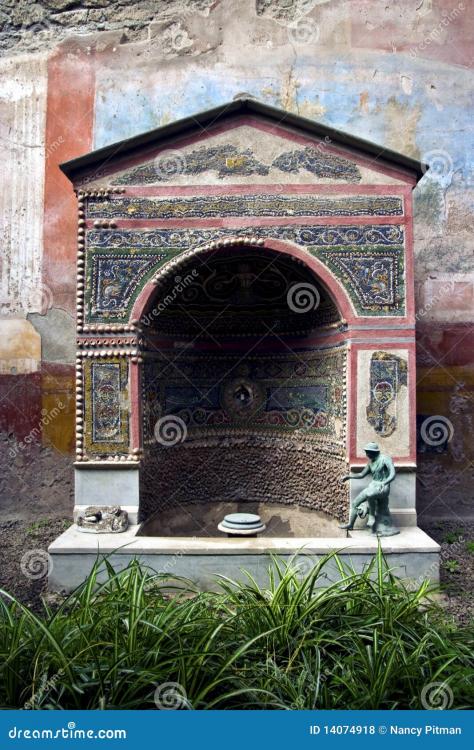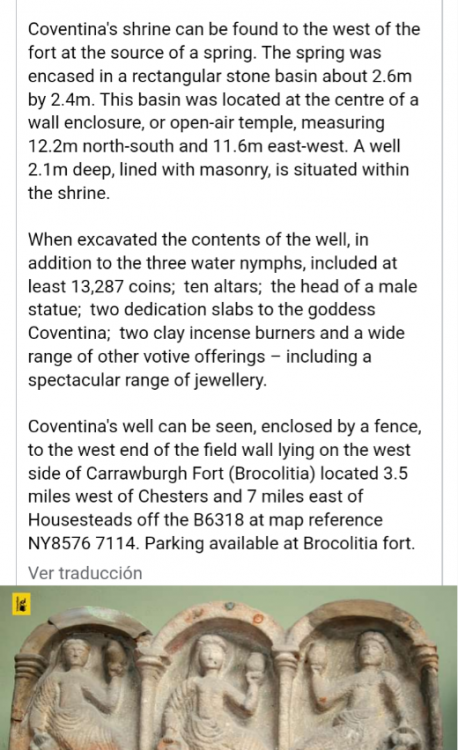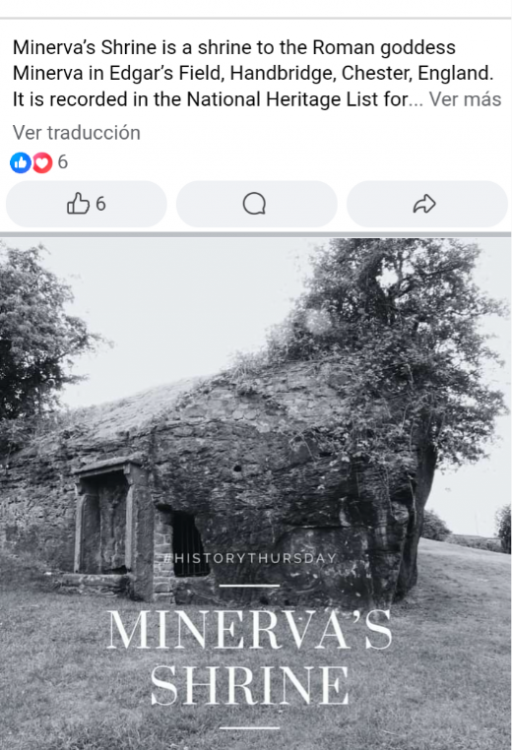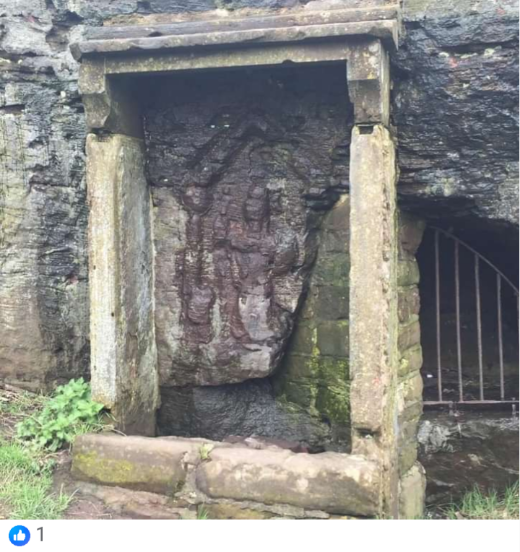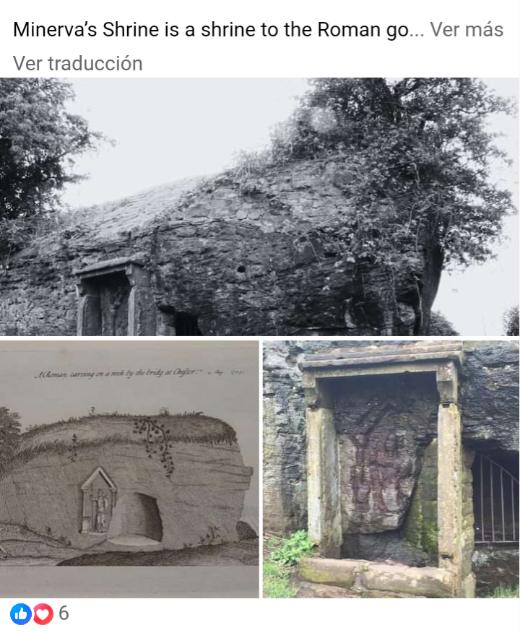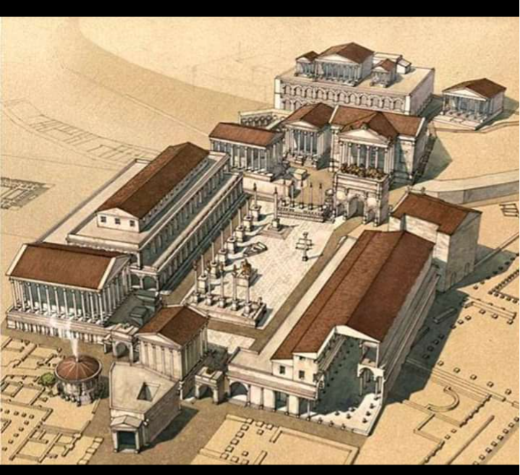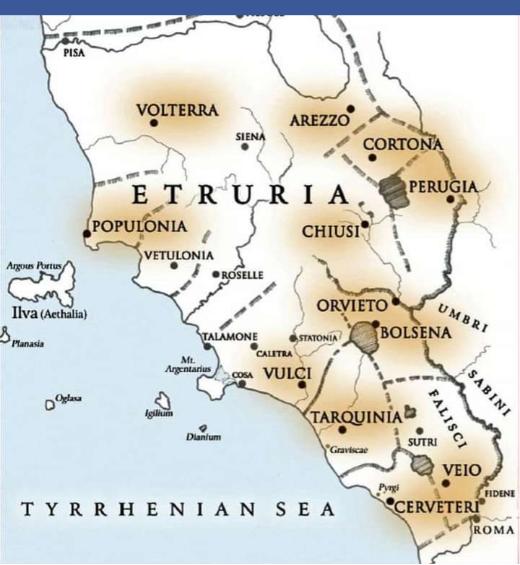-
Posts
25.684 -
Joined
-
Days Won
299
Everything posted by Lion.Kanzen
-
.thumb.png.ce58cea22940c255f5b0a735d5abee36.png)
Civ: Dominate Romans (late Rome)
Lion.Kanzen replied to wowgetoffyourcellphone's topic in Delenda Est
-
.thumb.png.ce58cea22940c255f5b0a735d5abee36.png)
Civ: Dominate Romans (late Rome)
Lion.Kanzen replied to wowgetoffyourcellphone's topic in Delenda Est
The units of the field armies, including palatini, comitatenses, and sometimes pseudocomitatenses, were based in cities when not on campaign, and could be based in temporary camps when on campaign. But it seems that did not usually occupy purpose-built accommodation like the city-based limitanei. From the legal evidence, it seems they were normally compulsorily billeted in private houses (hospitalitas).[134] This is because they often wintered in different provinces. The comitatus praesentales accompanied their respective emperors on campaign, while even the regional comitatus would change their winter quarters according to operational requirements. However, in the 5th century, emperors rarely campaigned in person, so the praesentales became more static in their winter bases.[135] The Western comitatus praesentalis normally was based in and around Mediolanum (Milan) and the two Eastern comitatus in the vicinity of Constantinople Pseudocomitatenses were a class of regiment in the Late Roman army. Although they were attached to the comitatus (higher-grade mobile armies), they enjoyed lower status and pay to the comitatenses, the regular regiments of the comitatus. This is because their regiments had originally been classified as lower-grade limitanei ("border troops"), but at some point attached to a comitatus for a particular campaign and subsequently retained long-term. There is indication that at least some of the pseudocomitatenses were former auxiliary cohorts -
.thumb.png.ce58cea22940c255f5b0a735d5abee36.png)
Civ: Dominate Romans (late Rome)
Lion.Kanzen replied to wowgetoffyourcellphone's topic in Delenda Est
However, historically it became the accepted (substantiated) name for those Roman imperial troops (legions and auxiliary) which were not merely garrisoned at a limes (fortified border, on the Rhine and Danube in Europe and near Persia and the desert tribes elsewhere)—the limitanei or ripenses, i.e. "along the shores"—but more mobile line troops; furthermore there were second line troops, named pseudocomitatenses, former limitanei attached to the comitatus; palatini, elite ("palace") units typically assigned to the magister militum; and the scholae palatinae of actual palace guards, usually under the magister officiorum, a senior court official of the Late Empire. Under the Tetrarchy, military commands were separated from administrative governorships for the first time, in contrast to the Principate, where provincial governors were also commanders-in-chief of all military forces deployed in their provinces. The main change in structure from the 2nd-century army was the establishment of large escort armies (comitatus praesentales), typically containing 20,000–30,000 top-grade palatini troops. These were normally based near the imperial capitals: (Constantinople in the East, Milan in the West), thus far from the empire's borders. These armies' primary function was to deter usurpers, and they usually campaigned under the personal command of their emperors. The legions were split into smaller units comparable in size to the auxiliary regiments of the Principate. Infantry adopted the more protective equipment of the Principate cavalry. The role of cavalry in the late army does not appear to have been greatly enhanced as compared with the army of the Principate. The evidence is that cavalry was much the same proportion of overall army numbers as in the 2nd century and that its tactical role and prestige remained similar. However, the cavalry of the Late Roman army was endowed with greater numbers of specialised units, such as extra-heavy shock cavalry (cataphractii and clibanarii) and mounted archers.[3] During the later 4th century, the cavalry acquired a reputation for incompetence and cowardice for their role in three major battles. In contrast, the infantry retained its traditional reputation for excellence. From the 3rd century are the first records of a small number of regular units bearing the names of barbarian tribes (as opposed to peregrini tribal names). These were foederati (allied troops under a military obligation to Rome) converted into regular units, a trend that was to accelerate in the 4th century.[33] The ala I Sarmatarum, based in Britain, was probably composed of some of the 5,500 captured Sarmatian horsemen sent to garrison Hadrian's Wall by emperor Marcus Aurelius in c. 175.[34] There is no evidence of irregular barbarian units becoming part of the regular army of the Principate until the 3rd century The later 4th-century army contained three types of army group: (a) Imperial escort armies (comitatus praesentales). These were ordinarily based near the imperial capitals (Milan in the West, Constantinople in the East), but usually accompanied the emperors on campaign. (b) Diocesan field armies (comitatus). These were based in strategic regions, on or near the frontiers. (c) Border armies (exercitus limitanei).[117] Types (a) and (b) are both frequently defined as "mobile field armies". This is because, unlike the limitanei units, their operations were not confined to a single province. But their strategic role was quite different. The escort armies' primary role was probably to provide the emperor's ultimate insurance against usurpers: the very existence of such a powerful force would deter many potential rivals, and if it did not, the escort army alone was often sufficient to defeat them.[26] Their secondary role was to accompany the emperor on major campaigns such as a foreign war or to repel a large barbarian invasion.[118] The diocesan comitatus, on the other hand, had the task of supporting the border forces of their diocese in major operations. The western structure differs substantially from the eastern. In the West, after 395, the emperor was no longer in direct command of his diocesan comitatus chiefs, who instead reported to a military generalissimo (the late Roman equivalent to a pre-industrial-era Japanese shōgun). This anomalous structure had arisen through the ascendancy of the half–Vandal military strongman Stilicho (395–408), who was appointed by Theodosius I as guardian of his infant son, Honorius, who succeeded him in the West. After Stilicho's death in 408, a succession of weak emperors ensured that this position continued, under Stilicho's successors (especially Aetius and Ricimer), until the dissolution of the Western empire in 476.[127] The generalissimo was generally known as the magister utriusque militiae (abbreviation: MVM, literally "master of both services", i.e. of both cavalry and infantry). This officer was in direct command of the single but large western imperial escort army based near Milan. Subordinate to the MVM were all the diocesan comitatus commanders in the West: Gaul, Britannia, Illyricum (West), Africa, Tingitania and Hispania. In contrast to their eastern counterparts, who all held magister militum rank, the commanders of the Western regional comitatus were all of the lower comes rei militaris ("military count") rank, save for the magister equitum per Gallias. This was presumably because all but the Gaul comitatus were smaller than the 20–30,000 typically commanded by a magister militum. According to the Notitia, all but two of the 12 Western duces also reported directly to the MVM and not to their diocesan comes.[121][128] However, this is out of line with the situation in the East and probably does not reflect the situation in 395. -
.thumb.png.ce58cea22940c255f5b0a735d5abee36.png)
Civ: Dominate Romans (late Rome)
Lion.Kanzen replied to wowgetoffyourcellphone's topic in Delenda Est
The comitatenses and later the palatini were the units of the field armies of the late Roman Empire. They were the soldiers that replaced the legionaries, who had formed the backbone of the Roman military since the late republic. Units such as the Joviani and Herculiani had 5,000 soldiers and 726–800 cavalrymen. Many units' sizes would vary. There were three types of units, the heavy infantry, medium infantry, and light infantry. The comitatenses were the heavy infantry. The auxiliaries, auxilia palatina, and the peltasts were the medium infantry, and the psiloi were the light infantry. Comitatenses regiments consisted of 1,024 soldiers. Comitatenses legions could consist of 6,000 to 7,000 soldiers. Some of these soldiers would be lightly armed, while others would be heavily armed. During a battle the army would divide into 3-4 divisions. The army might use a double phalanx to protect its rear. Reserves would be located behind or between each division. In the Late Roman Empire the army was divided into two major units, the limitanei border guards and mobile armies consisting of comitatenses. The limitanei would deal with smaller raids, or, in the case of larger invasions, try to defend or stall long enough for the comitatenses legions to arrive. These comitatenses would be grouped into field armies.[2] This strategy has been described as "defense in depth." To conserve manpower, the general would do his best to avoid a pitched battle. Rather than attack the enemy, the legions would form a shield wall and wait for the enemy to attack the Romans. The Romans would use their superior coordination to defeat the enemy. The Emperor would command a comitatenses field army to put down rebellions. However, historically it became the accepted (substantiated) name for those Roman imperial troops (legions and auxiliary) which were not merely garrisoned at a limes (fortified border, on the Rhine and Danube in Europe and near Persia and the desert tribes elsewhere)—the limitanei or ripenses, i.e. "along the shores"—but more mobile line troops; furthermore there were second line troops, named pseudocomitatenses, former limitanei attached to the comitatus; palatini, elite ("palace") units typically assigned to the magister militum; and the scholae palatinae of actual palace guards, usually under the magister officiorum, a senior court official of the Late Empire. By the late 3rd century AD, the term "comitatus" still denoted the personal guard of the emperor. The designation "comitatenses" as a distinct class of soldiers is first attested in Emperor Constantine's decree of 325 AD, and it implies the most privileged part of the army. However, the context suggests that in 325 AD, the comitatenses were still soldiers who were currently serving directly under the emperor's command. Ammianus Marcellinus, a military commander and historian of the late 4th century AD, also mentions comitatenses as troops under the emperor's personal command and directly serving with him. Over time, as emperors ceased to personally participate in military campaigns and increasingly delegated the command to their generals, the term "comitatenses" ceased to denote the personal troops of the emperors. By the beginning of the 5th century, the term "Comitatensis" became a honorary title awarded to distinguished military units that were not part of the emperor's personal guard. This understanding of the term persisted until the fall of the Western Roman Empire in 476 AD. For example, in the 4th century, Legio XIIII Comitatensis served on the Danube as part of the ripenses – a river fleet, infantry, and coastal border forces. This clearly classifies this legion of comitatenses as limitanei. Thus, the clear division of the late Roman army into stationary limitanei and mobile field armies of comitatenses, accepted since the time of Delbrück, now appears to be an oversimplification that may not fully reflect the actual situation . -
.thumb.png.ce58cea22940c255f5b0a735d5abee36.png)
Civ: Dominate Romans (late Rome)
Lion.Kanzen replied to wowgetoffyourcellphone's topic in Delenda Est
-
Ok , good, now you must give visual examples in total war mods and from there details of the equipment.
-
-
.thumb.png.ce58cea22940c255f5b0a735d5abee36.png)
Civ: Dominate Romans (late Rome)
Lion.Kanzen replied to wowgetoffyourcellphone's topic in Delenda Est
-
-
Exactly is lame compared with standard RTS. You are right. I don't know why people complain every time we change something that's wrong in the game design. People sometimes have to think that the game is not finished and that the mechanics are not that we are changing for the sake of doing so. We are changing because we are following the criteria that other games have.
-
They could be included although not all people in the Middle East are dark skinned that is a bit of a cliché. But it would be very good to have more varieties of skin, once I suggested it with the Carthaginians and again they almost hanged me.
-
Another reason why I want, for example, this gameplay in the game. It is to give that feeling of depth and of a living world rich in tradition and culture of 0AD. For example, in AoE 4 does not dare to raise religious issues( like a monastery a single cross or moon) so as not to offend someone. It's not that I purposely want to offend anyone but I like the playful pedagogical part, where you learn a little history by playing and having fun and artistically very beautiful too. Give that feeling of capturing a place like Caesar's mission in Britain. Also the idea of finding secrets on the maps is something that I really liked that the first game, That feeling of being a kind of archaeologist in a time machine.
-
In ancient Roman religion, a sacellum is a small shrine. The word is a diminutive from sacrum (neuter of sacer, "belonging to a god").[1] The numerous sacella of ancient Rome included both shrines maintained on private properties by families, and public shrines. A sacellum might be square or round.[2] . A cella (from Latin for "small chamber") or naos (from the Greek ναός, "temple") is the inner chamber of an ancient Greek or Roman temple in classical antiquity. Its enclosure within walls has given rise to extended meanings, of a hermit's or monk's cell, and since the 17th century, of a biological cell in plants or animals. Varro and Verrius Flaccus describe sacella in ways that at first seem contradictory, the former defining a sacellum in its entirety as equivalent to a cella,[3] which is specifically an enclosed space, and the latter insisting that a sacellum had no roof.[4] "Enclosure", however, is the shared characteristic, roofed over or not. "The sacellum", notes Jörg Rüpke, "was both less complex and less elaborately defined than a temple proper".[5
-
There are several references on FB searching for Shrine Roman and goddess/god. If anyone wants to contribute ideas, they are welcome.
-
Sounds interesting.
-
My god... How envious I am of that mod.
-
?????
-
.thumb.png.ce58cea22940c255f5b0a735d5abee36.png)
Civ: Imperial Romans (Principates)
Lion.Kanzen replied to wowgetoffyourcellphone's topic in Delenda Est
-


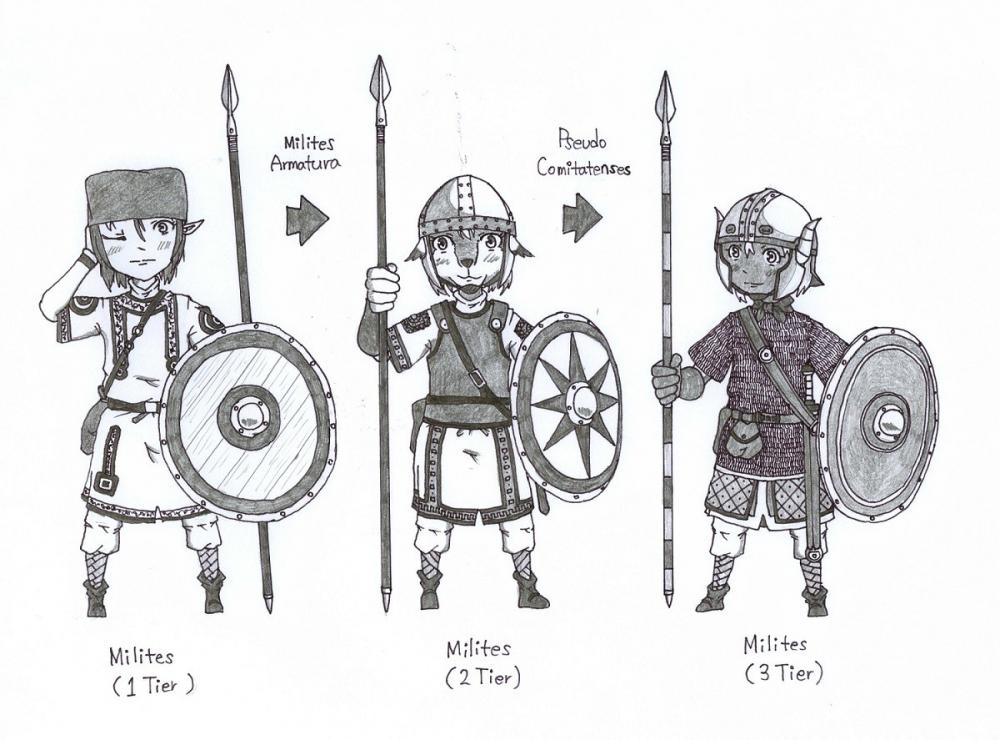
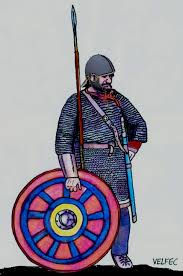
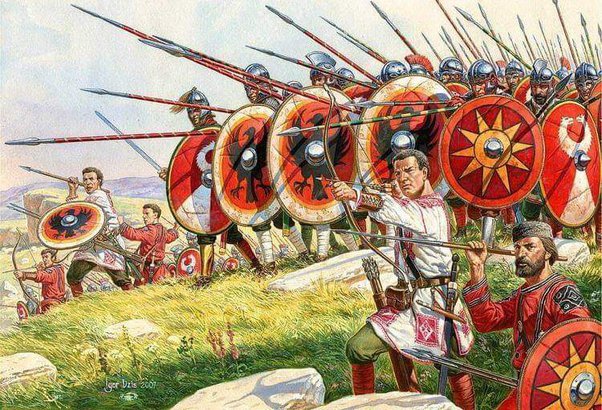
.jpg.3fbd6903a9c6759440a7a84bb9f59250.jpg)
